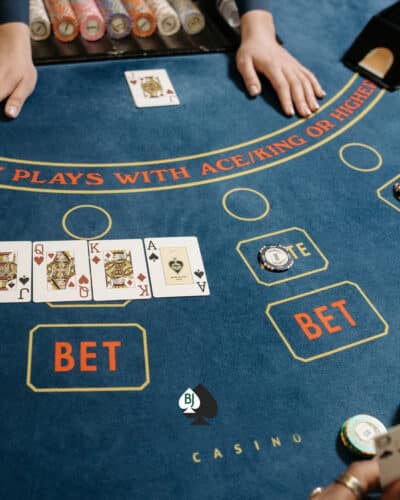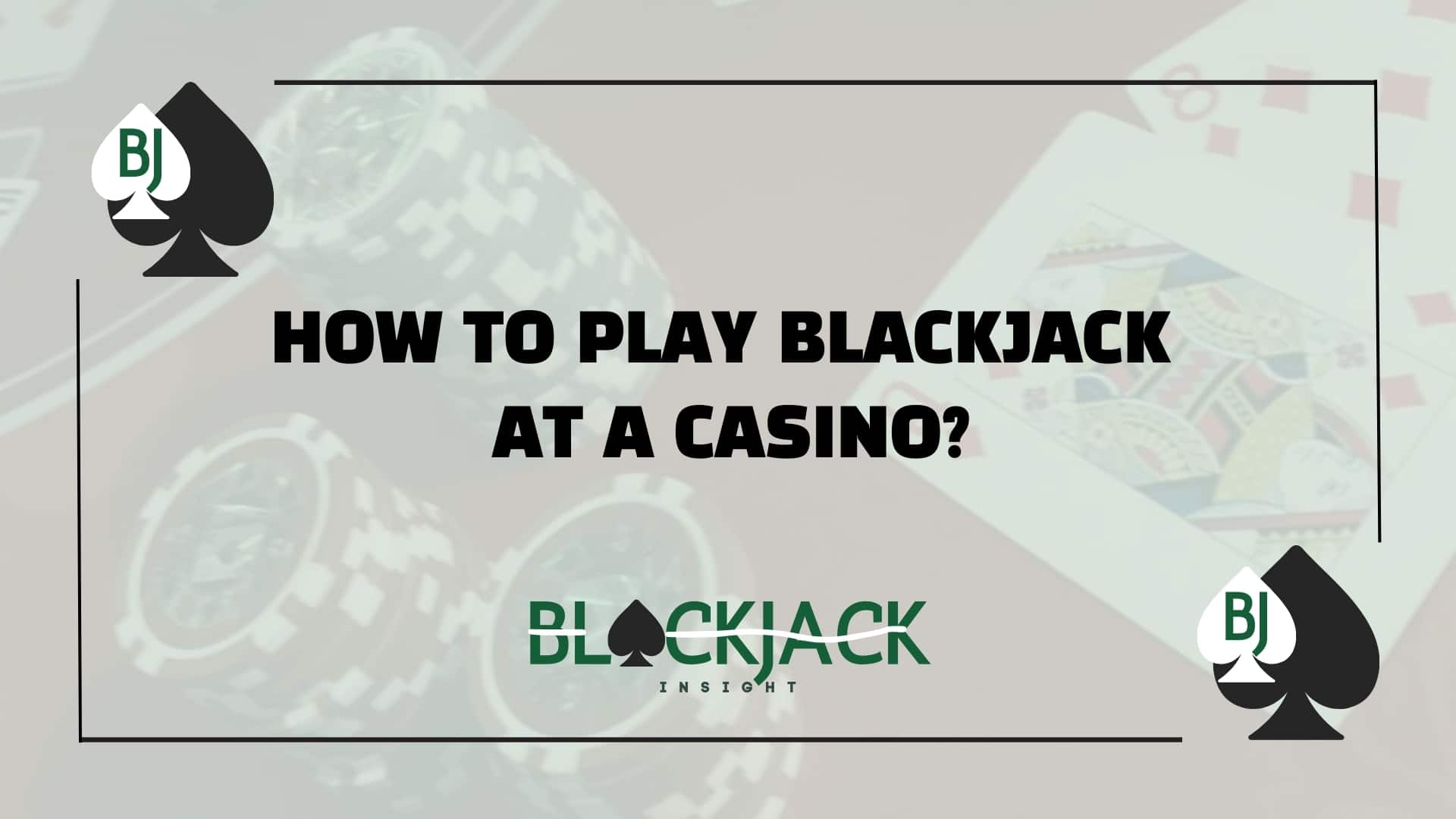How to Play Blackjack at a Casino?
Table Of Content
Blackjack is fast, it’s fun, and it gives you some of the best odds in the house if you know what you’re doing. If you’ve never sat at a blackjack table before, it can be super intimidating. All those chips, hand signals, and serious-faced players? Yeah, I’ve been there. So, if you’re wondering how to play blackjack at a casino without feeling like a total rookie, you’re in the right place.
Sitting Down: How to Get a Spot at the Blackjack Table
At a casino, blackjack tables typically seat up to seven players. If there’s an open spot, feel free to approach the dealer—but wait for a break in the action before taking a seat. That way, you won’t interrupt an ongoing hand. When there’s a pause, simply place your cash on the table (not directly into the dealer’s hand) so that the dealer can exchange it for chips.
Once you have your chips, stack them neatly in front of you. It’s considered polite to say a quick hello to the dealer or other players, but it’s not mandatory. Dealers are there to help, so if you’re unsure about something—like where to place your bet—they usually won’t mind giving a brief explanation.
Most casino blackjack tables use multiple decks, usually six or eight shuffled together. There’s also a small box called a shoe that the dealer uses to deal cards quickly.
You’ll also see printed rules on the felt, like:
- “Dealer stands on all 17s”
- “Blackjack pays 3:2”
- “Insurance pays 2:1”
These matter. That 3:2 payout? It means if you bet $10 and hit a blackjack, you win $15. But some tables only pay 6:5, which lowers your odds. Don’t fall for those. Trust me.
Fun Part: Play Blackjack at a Casino
This part’s for the beginners; no shame in that. Here’s how a hand plays out at a regular casino blackjack table.

Step 1: Place Your Bet
You start by putting your chips in the betting circle. Wait for the dealer to say “no more bets” before the deal begins.
Step 2: Receive Two Cards
You and the dealer each get two cards. Yours are face down. One of the dealer’s is face up (called the “upcard”) and the other is face down (“hole card”).
Step 3: Decide What to Do
You’ve got a few options now, based on your hand and the dealer’s upcard.
- Hit: Take another card. To take it, you can benefit from blackjack hand signals and tap the table with your finger.
- Stand: Keep your hand as it is. For that, you can wave your hand horizontally above your cards.
- Double Down: Double your bet and take one more card. Place another chip next to your original bet and hold up one finger.
- Split: If you have two cards of the same value, split them into two separate hands.
- Surrender: (Not always available) Give up your hand for half your bet back. You can slide your hand horizontally across the table in a decisive motion over your cards.
Pro tip? Never be afraid to ask the dealer for help while you are playing blackjack at a casino. Seriously. They’ll usually explain the casino’s blackjack rules if you ask politely. They’re not rooting against you.
Step 4: Dealer Plays Their Hand
After all players are done, the dealer flips over their hole card. Dealers have strict rules: they must hit if they have 16 or less and stand on 17 or more.
Step 5: Payouts
If your hand is higher than the dealer’s without busting, you win. If you bust or the dealer has a better hand, you lose. If it’s a tie, it’s a “push,” and you keep your bet. Visit this blog to learn more about no bust.
Leaving the Table: Smooth Exit
Leaving a blackjack table is pretty simple—just sit out your hand. In case you’ve decided that you’re finished for the evening (or have to stretch your legs), let your dealer know that you’re “coloring up.” They will exchange your small-denomination chips for big ones. Then go over to the cage and cash out your chips for real cash.
A simple “Thank you, dealer,” or a nod of thanks is a courteous act when getting up. In case you’ve enjoyed yourself and appreciate your dealer’s service, a little tip is a thoughtful act—but it’s in no way a necessity.
What about Casino Machines or Electronic Blackjack?
If sitting at a live table makes you nervous, casino blackjack machines are a great way to ease in. These electronic games follow the same blackjack casino rules as table games, just without the pressure of real people around you.
They’re also fast, quiet, and good for practicing. You’ll find them all over most casinos, and they usually have lower minimum bets, too. Still, always check the payout rate; it should say “Blackjack pays 3:2” or something similar on the screen.
FAQs
1. How do I know which blackjack table to sit at?
Look for one with clear rules printed on the felt, especially the payout for blackjack. Avoid tables that pay 6:5. You also want a friendly dealer and maybe a few open seats, so you’re not too crowded.
2. Can I play blackjack if I’ve never gambled before?
Yes, you can play blackjack even if you have never gambled. Blackjack is one of the easiest casino games to learn, and dealers often help beginners. If you’re nervous, try a low-stakes table or a blackjack casino machine first to build confidence.
3. Can I request a recommendation for my hand from a dealer?
No, you cannot request a recommendation for your hand from a dealer. The dealer can tell you about general information, such as how a rule works, but many won’t (or can’t) give direct guidance about a move. Most dealers, however, will alert you when you’re about to make a move that will break a rule or a table restriction.
4. How and when should I leave a blackjack table?
I generally have a win and a loss limit when I sit down. I leave with a win when I have reached my win limit, and I stop when I have reached my loss limit in order not to run my losses. Sticking to these limits keeps me in a state of discipline and keeps blackjack a pleasure in the long run.
5. How old should I be to play blackjack at a casino?
In most places in the U.S., you should be at least 21. But it can vary; some tribal casinos might have different age rules, so double-check before you go.



